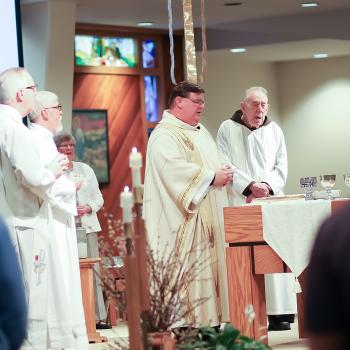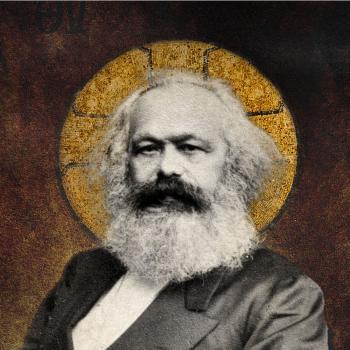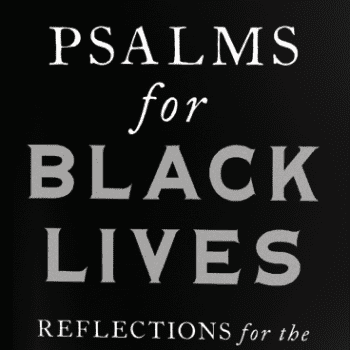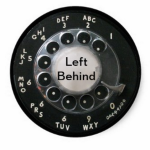 “But let justice roll down like waters, and righteousness like an ever-flowing stream” Amos 5:24 (NRSV).
“But let justice roll down like waters, and righteousness like an ever-flowing stream” Amos 5:24 (NRSV).
Many of us long for the fulfillment of these words. We cry out against the injustice we see, align ourselves with its victims, and work to change our world for the better. Unfortunately, our efforts often seem to fall on deaf ears—the ones who could change the structures of injustice counter with resistance, denial, and alternative explanations that preserve the status quo. What would persuade someone to listen with fresh ears and respond with empathy and compassion?
Battles against injustice often harness our anger. Anger energizes us. Anger focuses our energy on refining our arguments, organizing our protests, or demonizing the perceived purveyors of injustice. Anger makes us feel more powerful. But anger may be counterproductive when we want to be heard. It puts the other on the defensive, prompting them to react in ways that only perpetuate familiar paradigms and confirm previously held beliefs. How might we shift our approach and invite the other into meaningful dialogue and effect real changes in the structures of injustice?
We might begin by pulling back the curtain on our injustice-directed anger and recognizing the underlying fear behind that anger. The emotion of fear warns us of danger—both real and imagined. It prompts quick action—fight, flight, or freeze—offering protection from the perceived danger and the sense of vulnerability that is exposed. Anger is not fear; anger instead energizes the fighting response of fear. When we allow our anger to spring into action, we go on the attack—verbally or physically. The other then feels the attack, experiences their own fear, and reciprocates with their own anger-generated attack. A destructive pattern emerges—fear comes first; anger follows; the cycle continues.
Battles over injustice perpetuate this destructive cycle. Injustice—whatever its form—is a product of fear. Fear fuels and maintains racism, sexism, economic exploitation, and all the forms of discrimination that allow individuals and society as a whole to exercise coercive power over those who are less powerful. Fear drives the actions of those who perpetuate injustice—fear of different (worldview, culture, ethnic group, economic status), fear of loss (of security, privilege, or just the familiar), or fear of retaliation that might follow if power relationships were to be reversed. Fear also plagues the recipients of injustice. The wounds of past experiences confirm the validity of this fear and dangers that come with resistance—bad situations can become even worse. In both the purveyor and recipient of injustice, there develops a natural fear of the other. When this fear gets turned into anger, listening stops, positions calcify, and little changes in the rigid structures of injustice.
There is another way. While a response of anger tends to push parties apart, fear, when acknowledged and named, may actually bring them together. If a small child directs anger at one of us, our natural response is to step back defensively or go on the attack ourselves and assert our authority over them. Contrast this to our likely response if that same child exhibited fear of us. We would lower our guard, become less threatening, and naturally respond with empathetic compassion that helps them feel safer in our presence. Same child, but our own responses and their subsequent responses toward us are radically different. While any of us could cite exceptions that disprove the rule, the basic principle still holds for children or adults of any age: anger pushes apart; acknowledged fear can unite.
How might this understanding inform us when we encounter injustice? First, it gives us opportunity to change the way we see the purveyors of injustice. Seeing them as evil, labeling them with some pejorative term (racist, sexist), or using any tactic that objectifies their humanity will only will only drive us further from them while confirming and magnifying their fears of us. If we see the oppressor facing us as a fear-filled child in an adult body, a dynamic changes in us. The source of the problem becomes less the person and more the destructive reactions produced by their fear. This shift in perspective allows us to move closer to them in less threatening ways, engage them at the level of their fear, and to search for ways to reduce their fear and disarm their fear-induced injustices.
Second, the acknowledgement and naming of our own fear allows us to rethink experiences and tell a story of injustice that can be heard by those who can facilitate the changes that would bring justice. Every story of injustice contains elements that would prompt both fear and justified anger. Do we choose to dwell on the things that make us angry or do we tell about the fear we personally feel in the face of the injustice and our heartfelt desire for a world safe from that fear? Exposing our own vulnerability in this way requires courage and restraint, but it also invites new empathy in the hearer. My own paradigm about the world’s ongoing racial injustice was shifted when I heard fear-filled stories about “the talk” that children of color receive from their loved ones to protect them from the deadly effects of racial profiling and bias in law enforcement. The humanity revealed in their fear made the injustice more real for me and deepened my own commitment to racial justice.
Hearts are changed when compassionate recognition of the fear in the other is coupled with a courageous acknowledgement of our own fear. The wisdom of this strategy was well integrated in the successful non-violent movements of Mahatma Gandhi and Dr. Martin Luther King, Jr. Their courage, and the courage of those who follow in their steps—naming their own fear, speaking to the fear fueling ongoing injustice, and calling continually for a world of safety and opportunity for all—will together “let justice roll down like waters, and righteousness like an ever-flowing stream.” May it be so.
J. Claude Huguley is a hospital chaplain in Nashville, Tennessee. His book, Transforming FEAR with LOVE: Trusting the Gift of Grace is available at Amazon.com.













